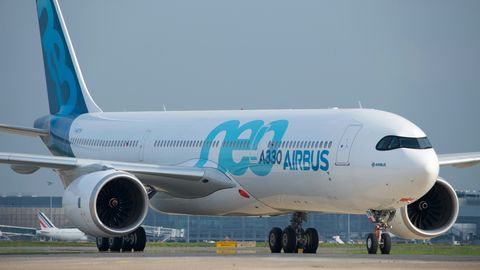Commonality across aircraft types simplifies operations and reduces cost. Similarly, commonality across aircraft generations can streamline fleet renewals, removing complexities and costs associated with the transition from one aircraft to another.
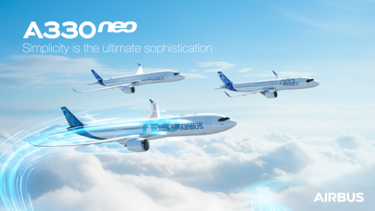
From A330ceo to A330neo
The A330neo builds on the values of the most popular widebody ever while delivering a double-digit fuel burn reduction and new Airspace cabin interior. And, for airlines looking to renew existing A330ceo fleets, it does so with the simplest of transitions for crews and mechanics as well as with maximum reuse of spares and tooling.
For airlines looking to renew existing A330ceo fleets, the A330neo offers a truly simple and efficient solution.
Simple training
Training of pilots, flight attendants and mechanics is a pivotal and costly component of a fleet renewal. Replacing A330ceos with A330neos simplifies this process.
The two aircraft share the Same Type Rating (STR) and flying both requires a single pilot licence endorsement. For pilots, transitioning from the A330ceo to the A330neo is accomplished thanks to a mere half day of computer-based self-study.
For cabin crew, the process is even simpler with no additional training required.
A330ceo-qualified mechanics undergo a concise differences training program known as Cross Maintenance Qualification (CMQ) lasting 6 days.
Simple integration
Replacing one aircraft type by another is almost always a gradual process. During the transition, airlines face staff productivity loss and dual costs with spares, tooling and overheads required for both types until the fleet roll-over is complete. When replacing A330ceos with A330neos, the commonality between the two aircraft keeps these introductory costs to a minimum.
Airframe spare parts commonality can be up to 95% by part number and 96% by value. Tooling can reach 71% commonality by value and there is no requirement for additional training devices or type-specific overheads.
Simple maths
For airlines looking to renew existing A330ceo fleets, the A330neo offers a seamless solution. In fact, during the transition, thanks to their extensive commonality and single pool of pilots, the A330ceo and A330neo can be operated as a single fleet.
The reduced crew and mechanic training downtimes and significantly lower spares and tooling investment make the transition from A330ceo to A330neo an unbeatable economic proposition with savings of typically $6 million* per aircraft.
At Airbus, commonality is in our DNA. From the A321neo to the A330neo and on to the flagship A350, not only pilots but also cabin crew and mechanics as well as operations and fleet management personnel will all benefit from the simplicity engendered by the Airbus Family.
* Replacing 20 A330ceos with A330neos (relative to typical competition aircraft) - 15 year PV, 3% escalation rate, 7.5% discount rate
Latest news
Continue Reading
Airbus Avionics deploys a unique logistics centre dedicated to radomes
Web Story
Services
Airbus Avionics is proud to announce the opening of its brand-new Radome Logistics Hub, strategically located in Tremblay-en-France.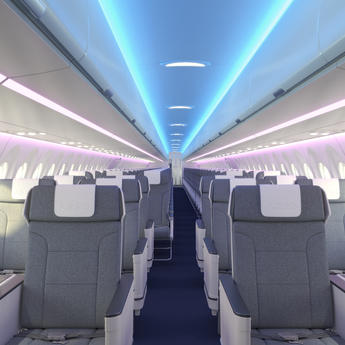
The passenger-favourite A220 gets an Airspace cabin
Web Story
Aircraft
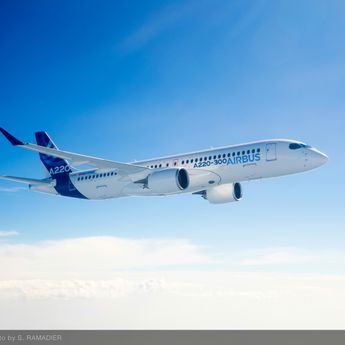
A suite of comprehensive services to keep the A220 flying
Web Story
Aircraft
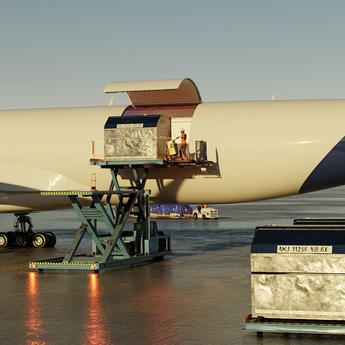
A350F: what makes the world's largest main-deck cargo door a special one...
Web Story
Aircraft
Airbus confirms Hughes as an additional provider of LEO and GEO services for HBCplus
Web Story
Services
